Blended Learning: Best for Our Current Student Population
The spring of 2020 thrust almost every direction of education into a sudden switch from in-person instruction to distance learning. I use the term “distance learning” very lightly as what has been deemed “crisis learning” is not interchangeable with what is considered true distance learning.
A true model of distance learning has an extreme amount of planning, best practices, and specific execution. The spring 2020 model did not have any of these.
In a model with truly no best practices, every teacher just tried to do the best they could with what they had at their disposal.
Warriors. Every single one of them.
However, even with terms like “hybrid learning”, “distance learning“, and “blended learning” being used to describe what these teachers were doing, most that I spoke with were NOT implementing true versions of these models.
Why? Because most of them weren’t trained in how they *actually* worked. These models should be no more difficult to plan than a traditional lesson and, as can be argued, are easier to implement.
The worst part of this is that “blended learning” ignites an unfavorable reaction in teachers who lived through this period and it is SUCH a disservice because this model is amazing for the students we are currently working with.
If that wasn’t your experience (I see you), please read on to not only understand the difference but to begin piecing together how to do this properly in your classroom.
What does blended learning mean?
On a basic level, most people understand that blended learning means a mix of instruction both inside the classroom and out. This includes a model that is technology-infused. While schools have had computer labs since the 1990s and have relied on the internet for some time, there hasn’t been a “blend” of instruction that gives students both control and choice when it comes to their learning.
Some say that blended learning is the best of both worlds. In a traditional classroom, lectures take up most of the day – with few opportunities for students to shape their paths and develop skills necessary in today’s global economy. With this new blend of instruction, there are classrooms where teachers still do much of what they normally would but also have time to collaborate with experts outside or online from other fields to enrich content not just inside class walls- as well as give kids more control over how they choose to spread out their coursework across different days instead of having them all crammed into one overwhelming week!
It might seem strange after decades of education to hear the necessity of giving students control and choice in their learning. However, with Generation Z in the classroom, also known as the “YouTube Generation”, and their younger counterparts Generation Alpha right behind them, it is imperative to amend our schools with the times that make certain that these youngest generations of learners is being reached on the level that suits them best.

Therefore, the model of true blended learning gives an element of learning online, not just the completion of assignments. There is actual instruction taking place at the pace of the individual student. A technology-rich lesson may use technology, but all students are expected to work on the same assignment in the same way. When the lesson is truly blended, they determine how, where, and when they dive in.
Without this very specific element, there is no differentiation from in-class, direct instruction. Blended learning is not just using tech tools outside of the classroom but giving the student individualized freedom to not just learn content, but also develop personalized mannerisms to instruction.
Blended Learning has always existed as an idea but not quite like how we know today’s world; with technology becoming more prevalent every year, students are finally able to learn through instruction inside classroom walls or out – from their smartphones at home if they so choose!

Helping with Differentiation for Students
We know we are told that we need to differentiate for all students. This is a great way to have that happen. Students can work on their learning goals and needs at their own pace. They can pause, refresh, and move quickly through content as is appropriate for their own needs. They might find that they learn better in the morning or perhaps in the evening. Maybe there is a certain way they want to investigate a topic. Several variables can be considered that are personalized to the student and do not affect their overall outcomes in terms of the teacher’s concern.
We all have our own learning needs, and we’re told that educators should be able to cater to their teaching styles to meet each student where they need it. This is a great way for teachers not only to differentiate content but also to create an environment of personalization in the classroom. As students explore topics at their own pace, pause when needed, or work through things as quickly as necessary; differentiating becomes more than just splitting up the room by ability levels: there are several variables involved here which can include time preference (morning person? evening?), a preferred mode of exploration (online/novels), etc., all tailored specifically towards what works best for them!
This helps immensely with instruction in the brick-and-mortar classroom. Having them complete specific learning objectives at home using the blended learning model, gives more time for deeper analysis, hands-on instruction, and other such intricacies when together in the classroom.
Teachers need to be flexible with their students. When they realize that every student is different, it can make a huge difference in the classroom and learning environment for all learners. Students have many ways of approaching topics, which may not suit your teaching style or methods but will better serve them as an individual learner who has his/her own strengths and weaknesses.
The key element of the Blended Learning Classroom
The key element of the blended learning approach is that both the in-class activities and out-of-class assignments work together and integrate to move the curriculum further. This goes beyond traditional homework. With a traditional model, homework is assigned to merely reinforce what is done in the classroom. There has been a lot of research in the past several years that question whether or not this specific model of homework is effective at all.
The key to this is to be certain that there are data points that can be tracked during the out-of-classroom assignments. This way not only can a teacher prepare for in-class activities based on that data, but it is easy for them to track progress and help steer each student in the direction that they need to be headed.
This is not only helpful for students to get the individual attention that they may need, but it allows teachers to push their learning as well.
This constant interaction between teachers and students is what makes learning effective and memorable in the long run. It creates both an environment and reciprocal relationships in the classroom that have the students excited to learn and come to your classroom every day.
This may sound simple, but it requires a lot of work and critical thinking to make it a reality. You need to plan out and think through every step of what the students are doing out-of-classroom as well as how you can use that data to better prepare your classroom activities. However, once you understand the process, it can be argued that it is less work to coordinate with much bigger outcomes.
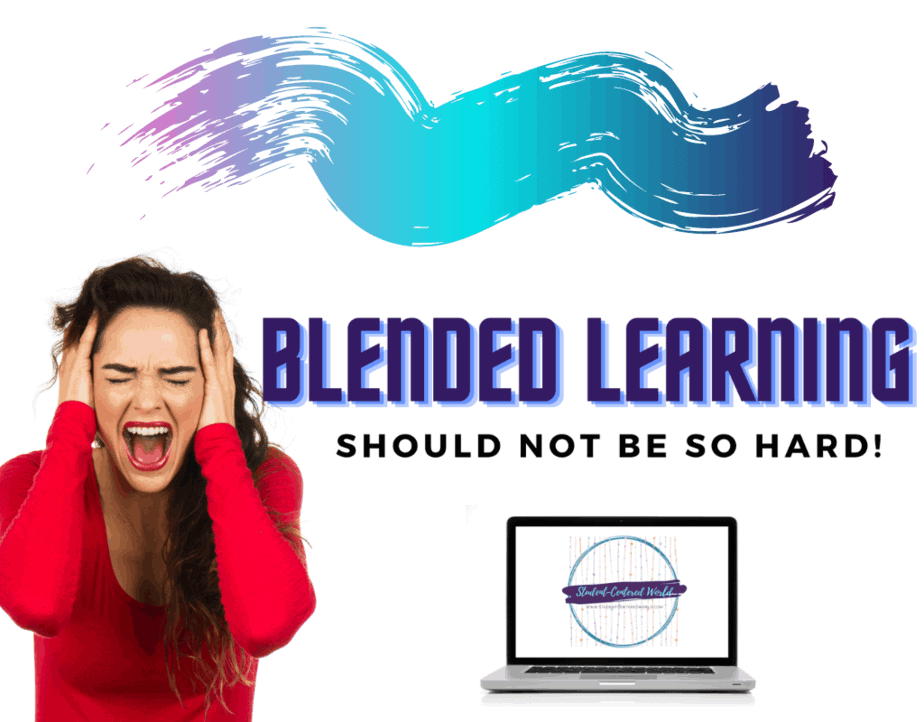
How does blended learning work?
There is a defined difference between a technology-rich model and a truly blended learning environment.
This is most likely where schools will struggle without the proper training.
Technology-rich activities have all students using technology to complete assignments that could just as easily be done in a whole-class instructional model. This is not a blended learning classroom. While there are benefits to introducing this generation to different tech tools, it is not changing instruction.
Again, for it to be a truly blended learning environment, there needs to be a specific element of student control over his or her learning and a level of differentiation and personalization for each one.
Why blended learning? By using the blended learning model effectively, student achievement will improve. It will be easier for the instructor to work with students individually. Whereas with a traditional, teacher-led model there is only time for concentration on the classroom as a whole and helping the students who need individual attention as needed, this allows the teacher to work with each and every student, breaking down information or challenging the student more as needed.
This will ebb and flow with each student and being able to have those one-to-one connections will help their educational needs. Imagine a high school teacher being able to effectively work with 150 students on an individual level based on the student’s individual needs. This is the model that can help that to happen without an increase in teacher stress.
It is about changing the way teachers are thinking. They are no longer “teachers” but facilitators of learning.
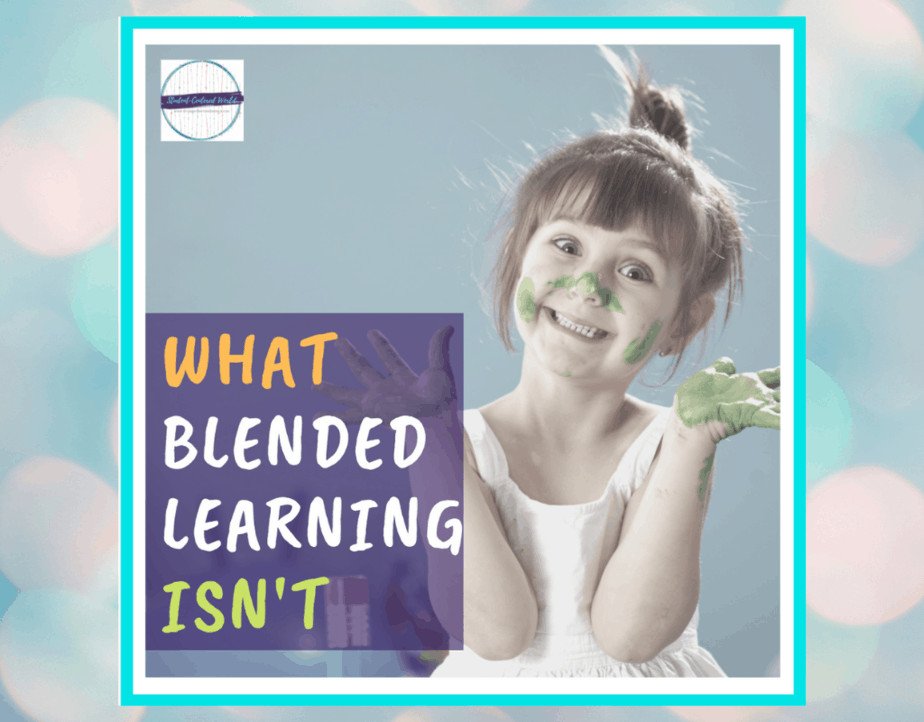
Blended learning has definite benefits to those who implement it, including:
More productive use of time by both students and instructors. Increased engagement from students. Reduced need for face-to-face interaction between students and teachers.
It also gives the student a level of control over their learning. Something that is missing in traditional instruction! The “on-demand” element helps them regulate themselves, pacing themselves as they see fit and taking time to review when necessary without the approval of the instructor.
The teacher does not need to play the role of motivator or disciplinarian. Each student will be able to regulate his or her learning pace without feeling rushed as opposed to sitting through a 50-minute lecture that may have been too much information for him or her.
Adding some strategy games and time for collaborative work are also ways to increase engagement. Students know they have time set aside for games when they need a mental break from the material or revising and revising to create better work.
For this method to work, there must be open communication so students do not feel like they are being left out or feel like the teacher is not listening when they ask for extra help. It is about providing open access to all students and parents without feeling overwhelmed by the number of requests.
Students need to be taught how to communicate effectively with teachers and counselors via email or online resources that can assist in needs being met on an individual basis.
Blended learning is also not a way to get around following district or school regulations. If teachers need to follow certain expectations, there will be ways to do this but it would be up to the discretion of the instructor. There may be some things they feel are best covered in person and other items could adequately be reviewed via technology as long as it meets the needs of the instructors and students. For example, doing a lab activity as part of a course can be extremely difficult to teach via online resources.
Since it is blended learning, there could be some features that are included in the class such as digital games or videos that could assist teachers in teaching specific aspects of their lessons without having to worry about the logistics of it. This will help with time management since there may not be a need to create certain lesson plans or activities that can already be created and available online.
Are you prepared for blended learning?
Most teachers are going to just give assignments to be completed at home. Not only is this not blended learning, but it is going to add an exorbitant amount of stress to the teachers trying to manage it all.
Don’t do that.
The absolute best part about preparing for a blended learning classroom? Even if school is 100% in the classroom (or frankly is still 100% online), you can use 100% of your blended learning lesson plans in the classroom. Can you say that confidently about your traditional lessons?
Probably not.
Will it take time to create the perfect balance between what students do inside and outside of the classroom? Yes, especially if you haven’t already created them for your traditional lessons (and you should have). But again, once you understand the process, it’s no more difficult than creating a normal lesson plan and the benefits far outweigh anything else.
Don’t make the mistake of thinking that you need to have everything ready for your blended learning classroom before it even starts. I know this is a concept that will probably be difficult to grasp if you’ve been in education as long as I have and used traditional methods for so many years, but trust me when I say that there is a learning curve for all involved but once everyone rounds that bend, the magic truly happens.
Revolutionizing Education for Tomorrow’s Students
In recent years, educational institutions across the globe have recognized the transformative potential of blended learning—a dynamic approach that seamlessly integrates traditional face-to-face instruction with innovative online coursework. This blog post explores why blended learning is poised to become the cornerstone of education, catering to the diverse learning styles and specific needs of students in elementary schools, high schools, and higher education alike.
At its core, blended learning represents an innovative way to optimize student success by leveraging the strengths of different models and various forms of instruction. By combining face-to-face teaching with online modules and digital media, educators can create a flexible learning environment that empowers students to progress at their own pace, engage with interactive content, and collaborate with peers in small groups or breakout rooms.
One of the hallmarks of blended learning is the flipped classroom model, which flips the traditional face-to-face instruction and homework dynamic. In this setup, students engage with online content and complete independent study outside of class time, allowing for more meaningful face-to-face interactions during class sessions. This approach not only enhances student engagement but also fosters collaborative learning experiences and promotes the use of technology in the classroom.
Moreover, blended learning accommodates a wide range of learning styles and preferences, catering to individual students’ needs through personalized learning paths and tailored instruction. Whether through the station rotation model, lab rotation, individual rotation model, or the enriched virtual model, students have the flexibility to access learning resources and educational experiences that align with their specific interests and learning goals.
Blended learning also extends beyond the traditional classroom setting, offering opportunities for remote learning, professional development, and corporate training programs. By harnessing the power of digital learning platforms and mobile devices, educators can deliver high-quality instruction to English language learners, accommodate offline learning, and track student progress in real time.
In essence, the blended learning approach embodies the common goal of enhancing student learning outcomes and preparing individuals for success in an ever-evolving world. As the majority of blended learning programs gain traction in educational institutions worldwide, it is imperative to select the right learning management system and leverage best practices in instructional design to maximize students’ engagement and learning experiences.
With the support of organizations like the U.S. Department of Education and initiatives such as the George Lucas Educational Foundation, blended learning continues to evolve and redefine the landscape of education. By embracing the principles of blended learning, educators can unlock the full potential of their students, nurture a culture of continuous learning, and pave the way for a brighter future.
Need More Help With Your Own Blended Learning Program?
Are you struggling with student engagement, apathy, or keeping your class on track?
💫💫 There’s hope! 💫💫
Join my workshop “Blended Learning 101” and in just 30 minutes, you’ll craft a practical plan to revitalize your teaching. Discover the magic of blended learning in boosting engagement, gain quick implementation ideas, and explore strategies for year-long success.
Unlike overwhelming workshops, my approach guides you in real-time, providing more classroom options, reducing stress, and giving you more personal time.
Plus, you’ll earn a 30-minute professional development certificate upon completion.
Don’t miss this chance to transform your teaching; click below to secure your spot now! (Live Link Coming Soon!)

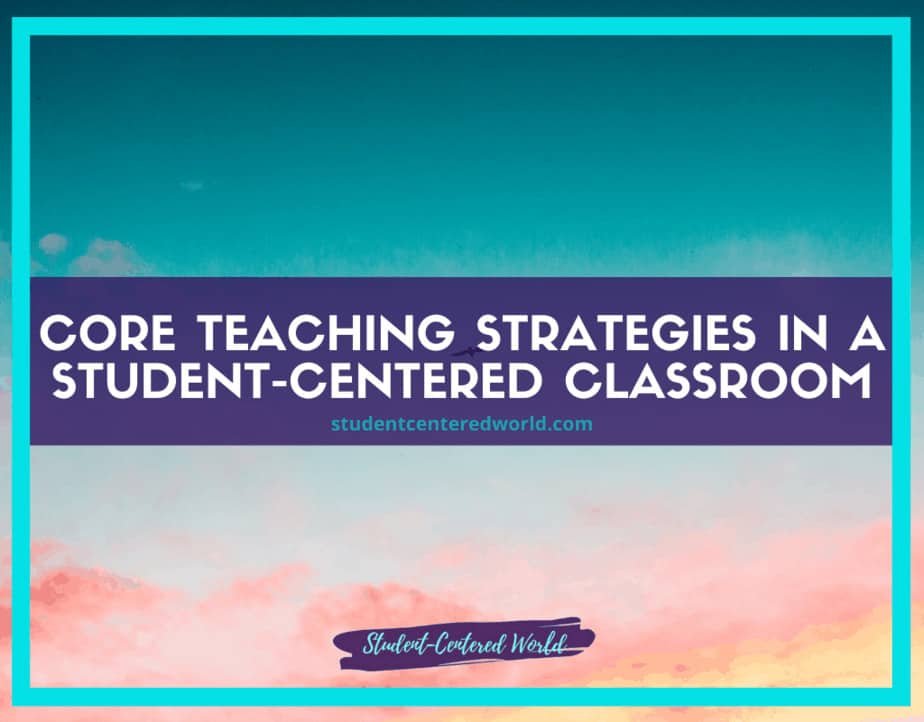
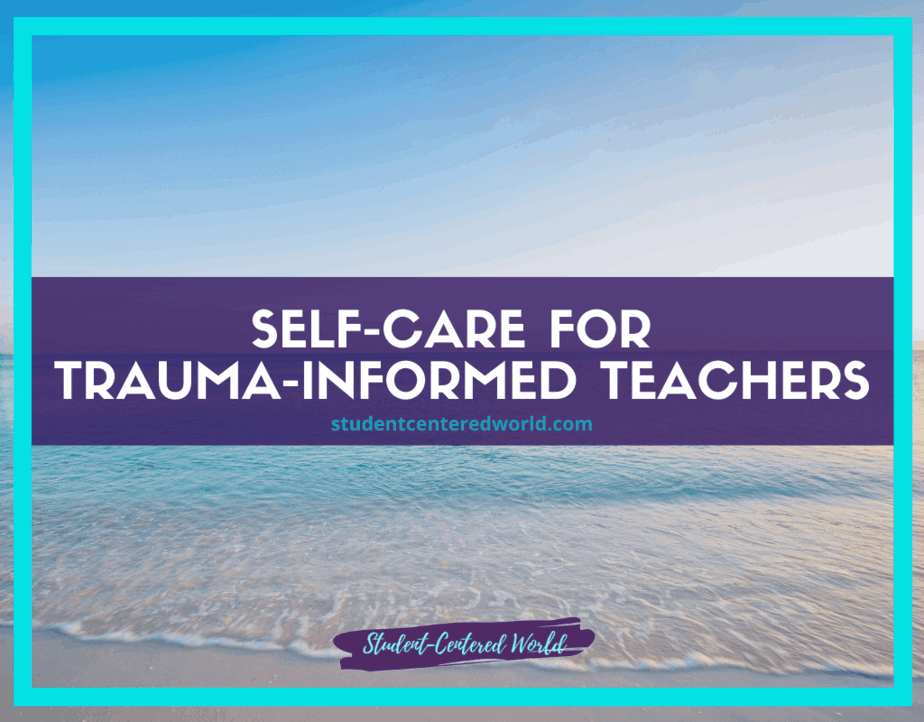



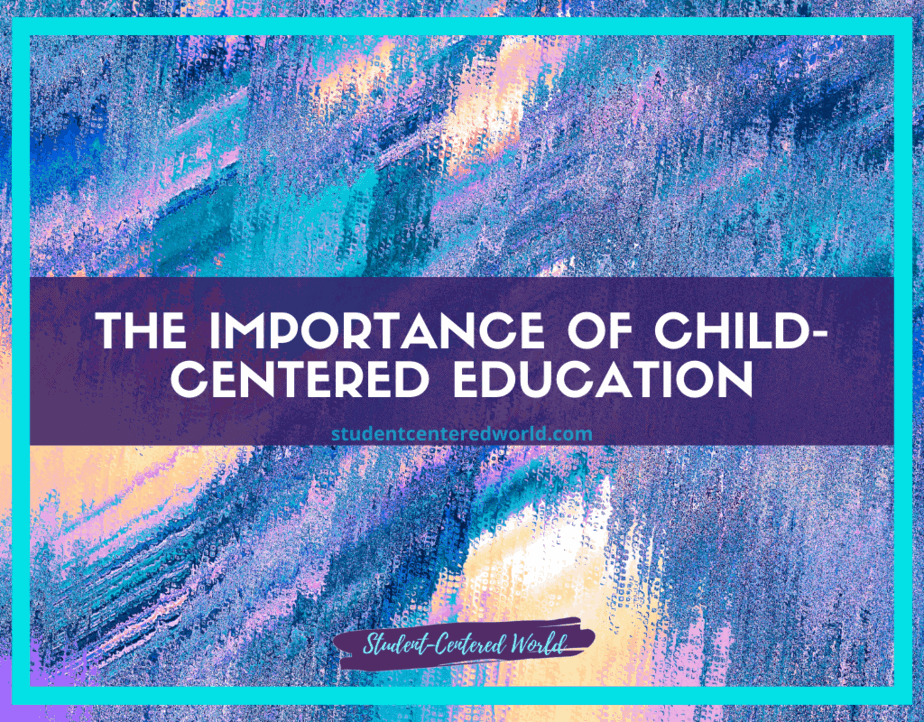
14 Comments
Leticia Esparza
This article is excellent. Can I translate it to Spanish to share it with my coworkers?
Jenn
Absolutely! I would be honored.
Elisabeth Murphy
I don’t know how to sign up for the blended learning training series.
Jenn
Hi Elisabeth. There are links in the article, but you can join right here: https://www.studentcenteredworld.com/blended-learning-training/
Laura
When does the training start? I know I saw it somewhere.
Jenn
Hi Laura! Your comment was accidentally in my spam folder, so I am just seeing it. Did you receive the email with the training information?
Janee
When will this training series be available?
Jenn
Hi Janee! When you register above, all the information is sent right to your email to work through. I know how valuable teacher-time is, so I want to make sure it’s convenient for you.
Trudi
I will be student teaching in the fall. Thank you for a great article. You hit so many points. I heard Dave Hollis at GYTO say that it was time to throw the old playbook away and look at this time as a gift. An opportunity to do things differently. He comes from the business world and they have to do that on a regular basis.
Can’t wait to watch the videos!
Jenn
I can’t agree with that sentiment more!
Joy Claar
Hi Jen, Love this idea! Is it mostly for middle/high school teachers? i teach kindergarten and trying to figure out if it could work for them…
Jenn
Hi Joy! As long as your activities are age-appropriate, you can do this at any level. My son just finished kindergarten and his teacher did a variation of this for the spring and did great!
Jennifer
Social distancing is the piece that’s missing. I looked at a number of models and none of them include or demonstrate it. Without that piece, no model is workable for my school. When can you put out videos or show examples of blended learning using social distancing? Thanks.
Jenn
Hi Jennifer. Thanks for both the comment and the email. The key here is to creating grade-appropriate activities for the in-class piece. What grade do you teach?